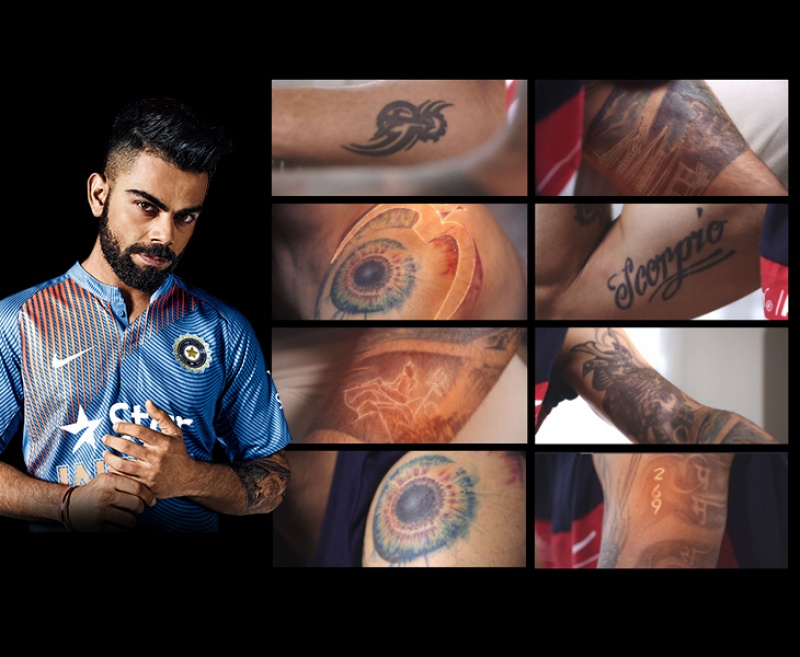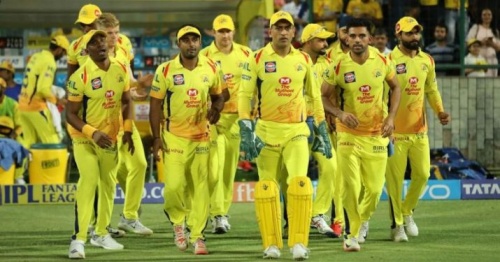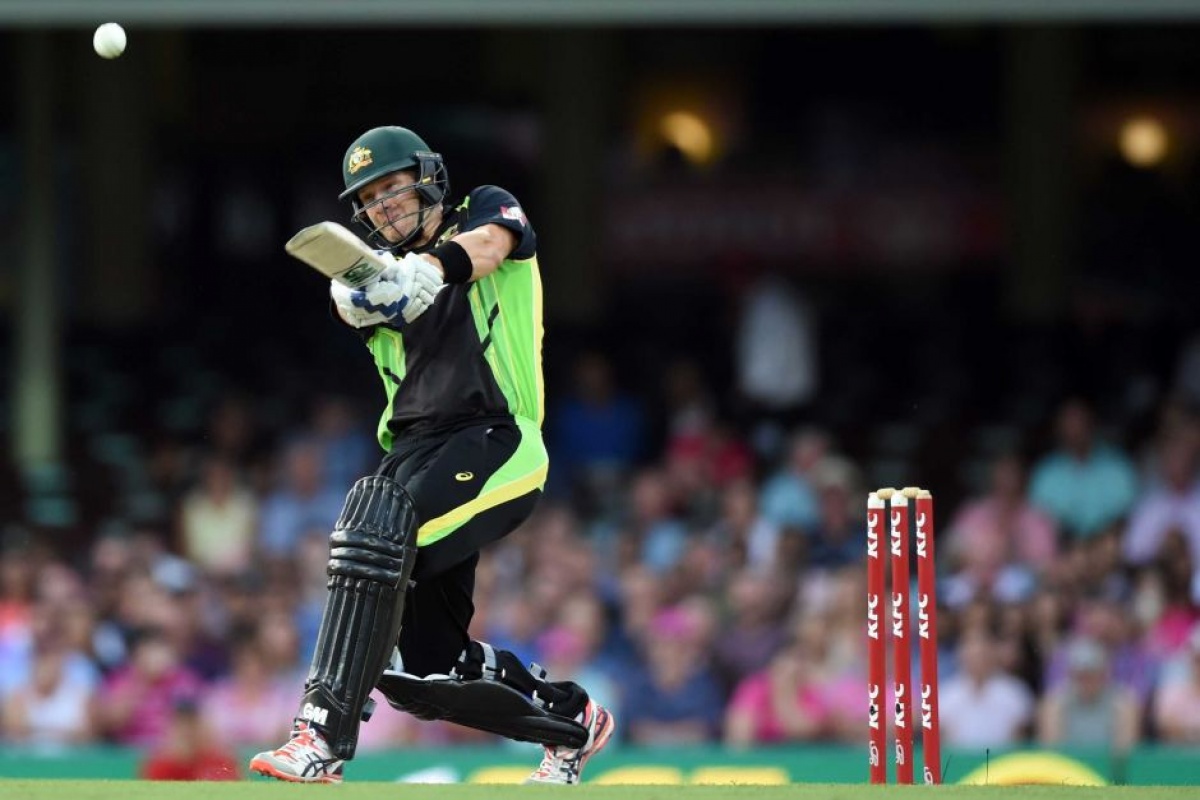
Shane Watson, Australian Player, and Chennai Super King's Player announced that he will retire from all forms of cricket, thus ending his nearly two-decade career. The 2020 IPL match against Kolkata Knight Riders on October 29 became his last professional match at the adult level.He finished his last season in IPL playing CSK with 299 points.Watson announced his retirement from international cricket in 2016 and from BBL last year.“It all started as a dream when I was a kid, and I would say to my mom while watching a test match when I was five years old:“ I want to play cricket for Australia. "When I officially announce my retirement from cricket," Watson said in a video clip on Tuesday, "I feel crazy lucky to have lived my dream, and more."“It really seems like the right time. Knowing that I played my last cricket match, for my beloved CSK, which has been incredibly good for me for the past three years. I think I am ending my playing days when I was 39 after all the setbacks caused by The injuries I've been through along the way, I feel very lucky. "Watson won two IPL titles: with Rajasthan Royals in 2008 and CSK in 2018.In 145 IPL games, he scored 2,029 points and also took 92 wickets. It was also distinguished by four centuries and twenty-one centuries. He is the only cricketer in IPL history to date to score more than 2000 points and take more than 50 wickets as well.The 39-year-old has played in several T20 tournaments around the world and is retiring with 8,821 rounds and 216 wickets from 343 games.
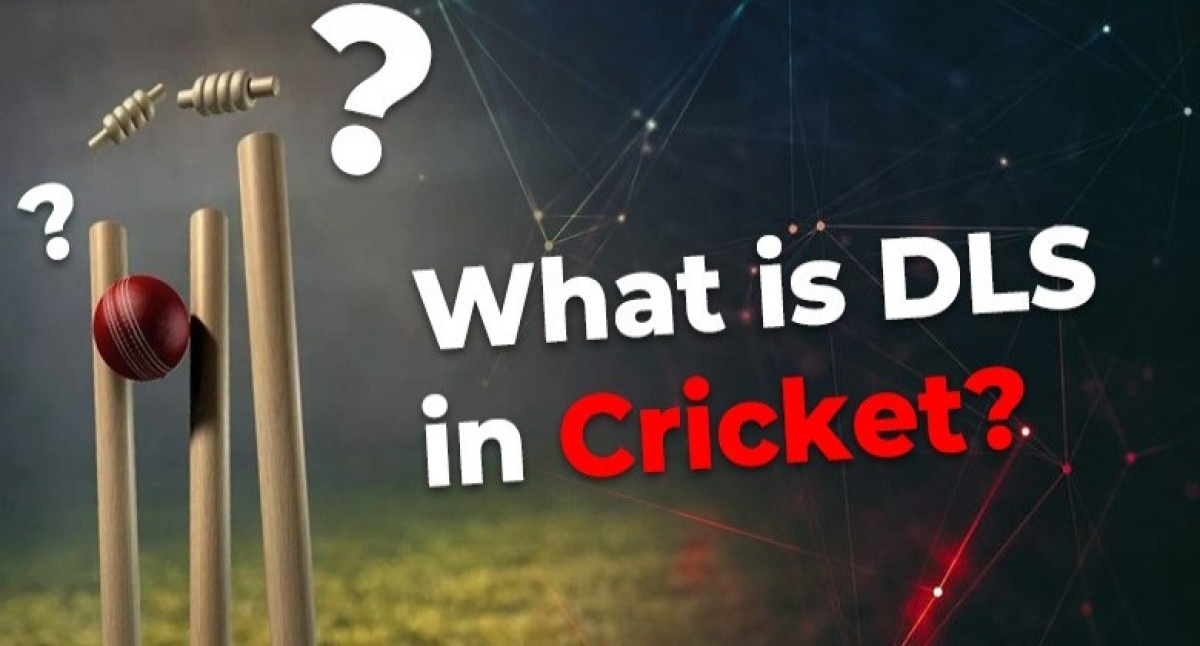
DLS full form is Duckworth–Lewis–Stern method, a mathematical formulation designed to calculate the target score for the team batting second in a limited overs cricket match interrupted by weather or other circumstances. It is generally accepted to be the most accurate method of setting a target score.The DLS method was devised by two English statisticians, Frank Duckworth and Tony Lewis, and was first used in 1997. In 2015, the method was updated by Australian academic Steve Stern, and its name was changed to the Duckworth–Lewis–Stern method.The DLS method takes into account two factors: the number of runs scored by the team batting first and the number of overs remaining in the match. It also considers the number of wickets lost by the team batting first, as this can have a significant impact on their scoring rate.The DLS method calculates a target score for the team batting second based on the following formula:Target score = (Average score at par – Average score per wicket lost by the team batting first) * Overs remaining in the matchThe average score at par is the average score that a team would score in a given number of overs, based on historical data. The average score per wicket lost is the average number of runs lost per wicket, based on historical data.The DLS method is used to set a target score for the team batting second in both international and domestic limited overs cricket matches. It is also used in other sports, such as baseball and softball.Advantages of the DLS method in CricketThe DLS method has a number of advantages over other methods of setting a target score in rain-affected matches. These advantages include:It is a fair and objective method, as it is based on historical data.It is relatively easy to calculate, even without the use of a computer.It is flexible enough to be used in a variety of different match situations.Disadvantages of the DLS method in CricketThe DLS method also has some disadvantages, including:It can be complex and difficult to understand.It can be inaccurate in certain situations, such as when the team batting first has lost a lot of wickets early in the match.It can be difficult to implement in matches where the weather conditions are constantly changing.Overall, the DLS method is the most accurate and reliable method of setting a target score in rain-affected limited overs cricket matches. It is used in all international and domestic limited overs cricket matches, and it is becoming increasingly popular in other sports as well.Examples of the DLS method in useHere are a few examples of the DLS method in use:In the 2019 Cricket World Cup final, England were batting first when the match was interrupted by rain after 24.1 overs. England had scored 222/2 at that point. The DLS method was used to calculate a target score of 241 runs for New Zealand, who had 49 overs to score them. However, New Zealand were only able to score 241 runs in 46.1 overs, and England won the match by one run.In the 2021 Indian Premier League, the match between the Delhi Capitals and the Sunrisers Hyderabad was interrupted by rain after 18.4 overs. The Delhi Capitals had scored 159/3 at that point. The DLS method was used to calculate a target score of 162 runs for the Sunrisers Hyderabad, who had 17.2 overs to score them. However, the Sunrisers Hyderabad were only able to score 157 runs in 17.2 overs, and the Delhi Capitals won the match by four runs.These are just two examples of the many times that the DLS method has been used to determine the outcome of a rain-affected cricket match. The DLS method is a fair and accurate method of setting a target score, and it is an essential tool for the modern game of cricket.History of the DLS Method:The DLS method was first introduced in 1997, and it is named after its developers, Frank Duckworth and Tony Lewis. These two statisticians from England created the method to address the issue of rain-affected matches and ensure equitable results. Later, in 2014, the method was modified and renamed as the Duckworth-Lewis-Stern (DLS) method to include the contributions of Professor Steven Stern, an Australian statistician.How Does the DLS Method Work?The DLS method takes several factors into account to adjust the target score for the team batting second. These factors include the number of overs bowled, the number of wickets lost, and the resources available to the team at the time of the interruption. The calculation aims to provide a fair target, considering that the team batting second might have lost fewer wickets or have more overs to play when the match is affected by rain.The basic process of applying the DLS method can be summarized as follows:The number of overs to be bowled in the match is determined, taking into account the overs lost due to rain or other interruptions.The target score is recalculated based on the number of overs and wickets remaining. The DLS method provides a table of par scores for different combinations of overs and wickets lost.The team batting second is required to achieve the revised target within the available overs.If the revised target is achieved, the team wins. If not, the team batting first wins.Example of DLS Method in Action:Let’s consider a hypothetical situation where a team batting first scores 250 runs in 50 overs. However, due to rain, the second innings is reduced to 40 overs. Using the DLS method, the target for the team batting second might be revised to 200 runs. This revised target ensures that the team batting second has a fair opportunity to win the game within the reduced overs.Criticism and Controversies:While the DLS method is widely accepted and used in international and domestic cricket, it has not been without its share of controversies. Critics argue that the method can sometimes produce unrealistic targets, leading to unsatisfactory outcomes. Additionally, the DLS method has been criticized for being complex and challenging for fans and players to understand fully.Despite these criticisms, the DLS method has become an essential tool in the world of cricket, helping to manage the impact of adverse weather conditions and ensuring that matches are decided fairly.Also Read: IPL 2024 Tickets Online Booking, Date, Ticket Price, Schedule and Booking Steps

Rohit Sharma is set to captain India in their pursuit of long-awaited glory, as the BCCI unveils the squad for the ICC Men’s T20 World Cup 2024.Before the announcement, speculation abounded regarding the wicketkeeper selection, with several candidates competing for the position. Ultimately, India has placed their trust in Rishabh Pant and Sanju Samson as the wicketkeepers.This signifies Pant's comeback to international cricket after a near-fatal accident in December 2022, which sidelined him for over a year.Shivam Dube's consistent IPL performance ensured his retention in the squad after his recent appearances in the T20I series against Afghanistan. The 30-year-old, in exceptional form for the Chennai Super Kings, has amassed 350 runs in nine matches at an impressive strike rate of 172.41.India has opted for a spin-heavy bowling lineup featuring Ravindra Jadeja, Axar Patel, Kuldeep Yadav, and Yuzvendra Chahal, while the pace attack will be spearheaded by Jasprit Bumrah, supported by Arshdeep Singh, Mohammed Siraj, and vice-captain Hardik Pandya.In the batting department, the selection of Yashasvi Jaiswal, Virat Kohli, and Suryakumar Yadav for the top order alongside captain Rohit Sharma was as expected.Shubman Gill and Rinku Singh have been named among the reserves along with pacers Khaleel Ahmed and Avesh Khan.Notably absent from India's squad is KL Rahul, who featured in the last two T20 World Cup campaigns (2021 and 2022).India squad: Rohit Sharma (c), Hardik Pandya (vc), Yashasvi Jaiswal, Virat Kohli, Suryakumar Yadav, Rishabh Pant (wk), Sanju Samson (wk), Shivam Dube, Ravindra Jadeja, Axar Patel, Kuldeep Yadav, Yuzvendra Chahal, Arshdeep Singh, Jasprit Bumrah, Mohd. SirajReserves: Shubman Gill, Rinku Singh, Khaleel Ahmed and Avesh KhanIndia are placed in Group A of the tournament alongside arch-rivals Pakistan, Ireland, Canada and co-hosts USA. Their campaign begins on 5 June against Ireland at the newly-constructed Nassau County International Cricket Stadium in New York before they take on Pakistan in one of the most awaited matches of the upcoming T20 World Cup.Also Read: Paris 2024 Olympics - Latest News, Schedules & Results
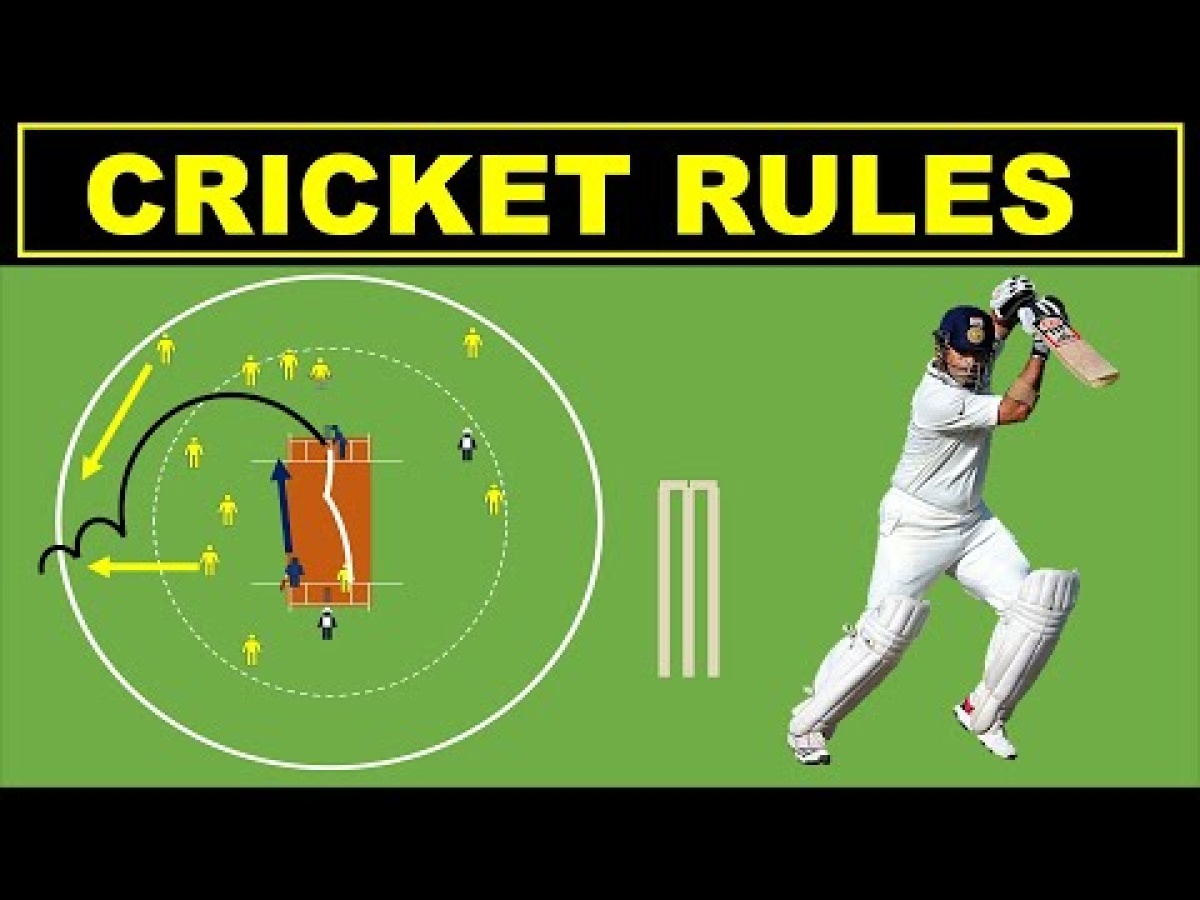
Crash Course in Cricket: Understanding the Game and ScoringCricket, often called India's unofficial religion, can be confusing for newcomers. But worry not! This guide will break down the basics of the game and scoring, making you ready to join cricket conversations in no time.The Game: Teams, Equipment, and FieldTwo Teams: Cricket is a battle between two teams of 11 players each. Batsmen score runs, bowlers try to get them out, and the wicket-keeper catches and gathers throws behind the wickets.Essential Kit: The game revolves around the ball, the bat, and the wickets (three stumps with bails on top).The Field: Matches are played on a large oval field. The center has a rectangular pitch with a 22-yard length. At each end, there's a set of wickets.The Match: Innings, Overs, and DurationInnings Breakdown: A match is divided into innings, where each team bats for a set time or number of overs (balls bowled). One-day internationals have 50 overs per innings, Twenty20 has 20, while test matches last for days with a set number of overs bowled each day.Action on the Pitch: During an inning, two batsmen from the batting team are on the pitch, facing the bowler from the opposing team (bowling team). The rest of the bowling team fields around the pitch.Basic Rules and RegulationsFair Play in the Field: Fielding positions are restricted to ensure fairness. Only two fielders can be placed close to the batsmen in a specific area during the first 10 overs. This rule changes as the game progresses, allowing more fielders closer to the batsmen later on.Penalty Balls: There are three types of penalty balls that award runs to the batting team:No Ball: Occurs when the bowler bowls illegally, giving the batsman a free hit (cannot be dismissed except by run-out or stumping).Wide Ball: Awarded when the ball is too far outside the batsman's reach to be played comfortably.Dead Ball: Happens when the ball bounces twice or more before reaching the batsman. No runs are scored, but the bowler bowls again.Bye and Leg Bye Runs:Bye: Scored when the ball avoids the batsman's bat and body, but the batsmen still run.Leg Bye: Scored when the ball hits the batsman's body (while trying to play the ball) and the batsmen run.Scoring Runs and Winning the GameRuns: Batsmen score runs by hitting the ball and running between the wickets, or by hitting the ball to the boundary.Running: One run is scored for each complete run between the wickets.Boundaries: Four runs are awarded if the ball touches the ground before going over the boundary, and six runs for a ball going over the boundary without bouncing inside the field.Getting Batsmen Out (Wickets): The bowling team aims to dismiss batsmen (lose their wicket) to stop them from scoring. Common ways to get a batsman out include:Catch: A fielder catches the ball hit by the batsman within the boundary.Bowled: The ball bowled by the bowler hits the wicket.Leg Before Wicket (LBW): The ball hits the batsman's leg or body in line with the stumps.Stumped: The wicket-keeper removes the bails with the ball before the batsman gets his bat or body grounded behind the crease.Run Out: A batsman is caught out of his crease when the ball hits the wicket.Winning: The team with the most runs at the end wins the match.Now you have the basics! With this knowledge, you can confidently follow cricket matches and participate in conversations with your cricket-loving friends and colleagues. Remember, there are more intricacies to the game, but this guide equips you with the fundamentals to get started.Also Read: Best Example Of Nepotism Pakistan Star Azam Khan
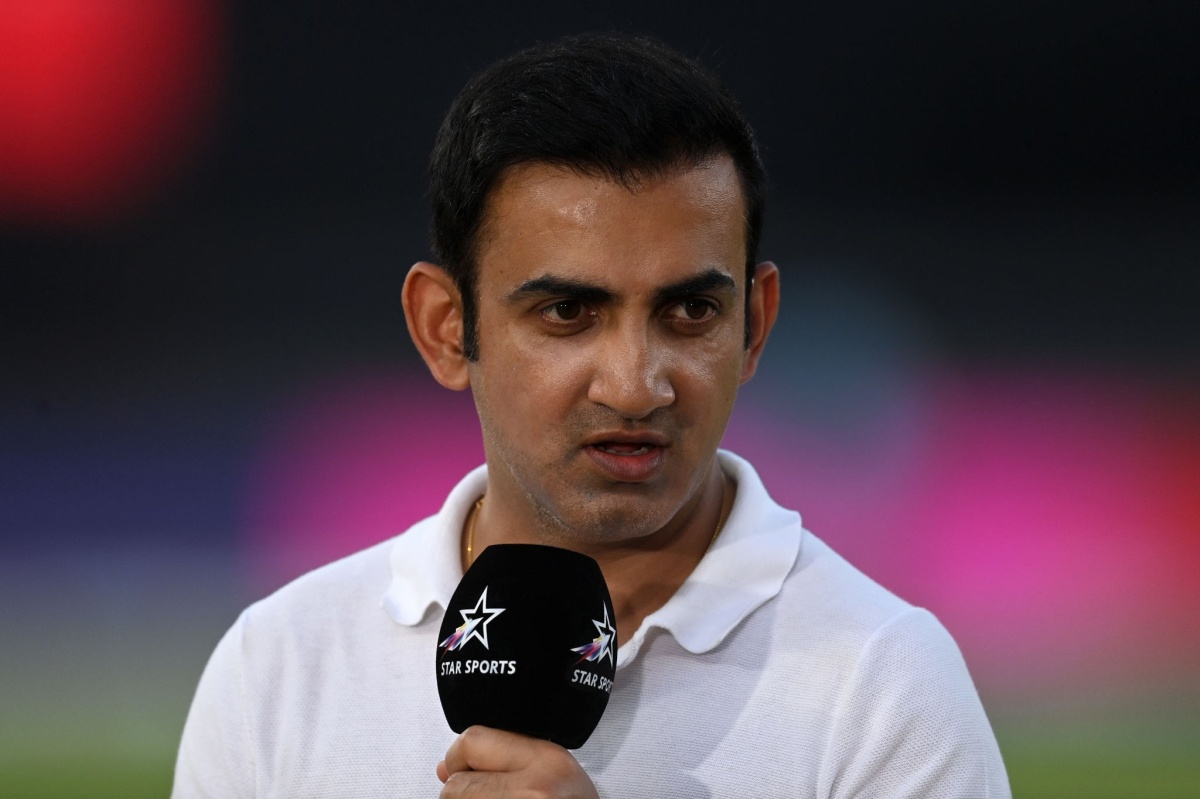
Gautam Gambhir is currently the frontrunner to become the head coach of the Indian men's cricket team, edging out former women's team head coach WV Raman. VVS Laxman and his support staff at the National Cricket Academy (NCA) might accompany the Indian team to Zimbabwe for a five-match T20I series starting on July 6, while Gambhir is expected to start his tenure with the Sri Lanka tour. The squad for the Zimbabwe series will be announced by the end of this week, around June 22 or 23. Currently, young IPL performers and players targeted by the BCCI are training under Laxman at the NCA.The announcement of Gambhir's appointment as head coach is expected soon, and he will have the opportunity to choose his support staff, including batting, bowling, and fielding coaches. However, it is anticipated that Gambhir will begin his role in mid-July during India's white-ball series in Sri Lanka, which consists of three T20Is and three ODIs.A BCCI source indicated that Laxman and some NCA coaches might travel with a new-look squad to Zimbabwe, continuing their role in covering for Rahul Dravid and the primary team coaches during their periodic breaks. It is expected that a young squad, including six to seven members from the T20 World Cup contingent, will head to Zimbabwe. Three rookies likely to be included are Riyan Parag, Abhishek Sharma, and all-rounder Nitish Reddy, with either Yash Dayal or Harshit Rana also getting a maiden call-up.The team captain for the Zimbabwe tour will either be Hardik Pandya, if he doesn't opt for rest, or Suryakumar Yadav, who previously led the T20 team against Australia at home and in an away series in South Africa.Also Read: Salaries of Indian Cricketers for the Year 2024

Jay Shah: The Leading Contender for ICC Chairman PositionJay Shah, the current Secretary of the Board of Control for Cricket in India (BCCI), is emerging as the leading candidate for the position of International Cricket Council (ICC) Chairman. His potential appointment marks a significant shift in the governance of international cricket and reflects his growing influence within the sport. This article delves into Jay Shah's credentials, his impact on cricket administration, and the implications of his possible chairmanship for global cricket.Jay Shah’s Credentials and ExperienceJay Shah has been a pivotal figure in Indian cricket, having held the position of BCCI Secretary since 2019. His tenure has been marked by several notable achievements and reforms, including: 1. Revamping Domestic Cricket:Shah has been instrumental in overhauling domestic cricket structures, aiming to enhance the competitive spirit and standard of the game at the grassroots level. 2. Successful IPL Administration:Under his stewardship, the Indian Premier League (IPL) has continued to thrive, showcasing his adeptness in managing high-stakes cricketing events. 3. Strategic Partnerships:Shah has played a crucial role in negotiating strategic partnerships and sponsorships that have significantly boosted the financial health of Indian cricket. 4. Leadership During the Pandemic:His leadership during the COVID-19 pandemic ensured the smooth conduct of cricketing events while adhering to health protocols. Impact on Global CricketShould Jay Shah assume the role of ICC Chairman, his extensive experience and leadership qualities could bring several positive changes to the global cricketing landscape: 1. Enhanced Governance:Shah’s tenure could lead to improved governance practices within the ICC, focusing on transparency and efficiency in decision-making processes. 2. Strengthening International Relations:With his strong background in managing bilateral and multilateral cricketing relations, Shah is likely to foster stronger ties between cricketing nations, promoting international cricket’s growth. 3. Innovation and Technology:His inclination towards embracing technology and innovation could result in the implementation of advanced systems and solutions to enhance the game’s appeal and administration. 4. Development of Emerging Markets:Shah’s leadership could prioritize the development of cricket in emerging markets, ensuring that the sport gains traction in new regions and broadens its global footprint. Implications of His ChairmanshipJay Shah’s potential chairmanship is expected to bring several key changes and opportunities: 1. Policy Reforms:Expect a series of policy reforms aimed at modernizing the ICC’s approach to international cricket management. These reforms could include changes in tournament structures, player welfare programs, and financial distributions. 2. Increased Focus on Grassroots Development:His commitment to grassroots development may lead to more investment in youth and domestic cricket programs worldwide, nurturing young talent and expanding the sport’s base. 3. Revitalization of ICC Tournaments:Shah’s vision could lead to the revitalization of ICC tournaments, with a focus on enhancing their competitiveness and global reach. 4. Strengthened Financial Stability:His experience in financial management and strategic partnerships could bolster the ICC’s financial stability, providing a robust platform for future initiatives and developments. ConclusionJay Shah’s potential ascent to the ICC Chairmanship represents a significant moment in international cricket’s governance. His extensive experience, proven leadership, and strategic vision could pave the way for transformative changes in the sport. As the cricketing world anticipates this development, Shah’s tenure could herald a new era of growth, innovation, and excellence in global cricket.FAQs:Who is Jay Shah?Jay Shah is the current Secretary of the BCCI and a prominent figure in Indian cricket administration.What are Jay Shah’s major achievements?His major achievements include revamping domestic cricket, successful IPL administration, strategic partnerships, and effective leadership during the pandemic.What changes could Jay Shah bring to the ICC?Jay Shah could bring enhanced governance, stronger international relations, innovation in technology, and increased focus on grassroots development.How might Jay Shah’s chairmanship impact global cricket tournaments?His chairmanship could lead to revitalized ICC tournaments with improved competitiveness and global reach.What are the potential benefits of Jay Shah’s leadership for emerging cricket markets?His leadership could prioritize the development of cricket in emerging markets, expanding the sport’s global footprint.


